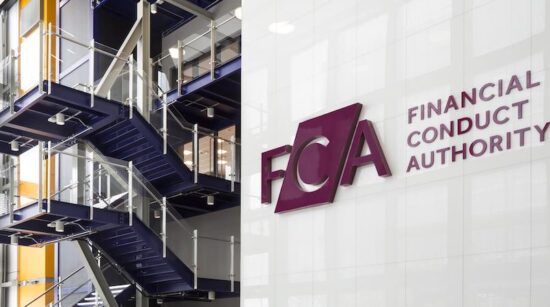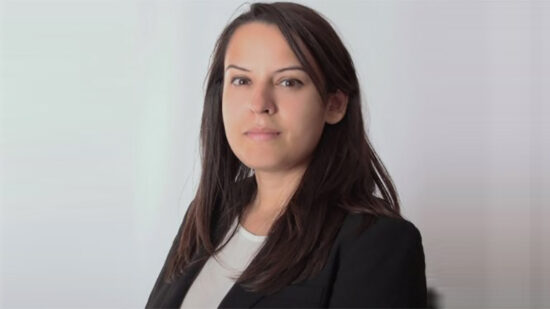Why is it
In some statistics from the HKIFA a few years ago we saw that the average life time before encashment of a retail mutual fund was only 6 months? Yet 85% of these mutual funds (a product regulated by the SFC) were sold through trusted banks?
Why is it
That insurance companies, with their skilled manpower compliance expertise, large IT resources, and huge financial backing are being asked to provide 1 Responsible Officer for every 50 Licensed Representatives, just as if the insurance company was similar to a small IFA firm?
Why is it
That the Banks are not required to have this ratio of 1 RO’s to 50 LR’s?
Why is it
That small and (large) IFA firms, desiring to sell a retail mutual fund and with no Client money going through the firms accounts, need HK$5,000,000 in capital whereas an insurance Broker (selling insurance products regulated by the IA) needs only HK$100,000 in capital yet literally more than HK$100,000,000 can flow through the Broker’s Client account?
Why is it
That some people suspect that the SFC is regulating the sales of retail mutual funds in favor of the banks because it is easier to regulate these sales if they just come from the banks rather than if the sales come from the thousands of people working out of the IFA or insurance industries?
Why is it
That for the AHL Diversified Futures fund under a unit linked life insurance policy I can talk all day to my Policyholder about this fund but if I were to sell this fund directly to a retail mutual fund buyer (the same person) I would need relevant SFC licenses?
Why is it
That when I sell an MPF scheme I can talk all day about the constituent funds under the scheme but if I was to sell the same funds directly to a retail mutual fund buyer (the same person) I would need the relevant SFC licenses?
Why is it
That one or both the IA and SFC allowed the carving out, from SFC regulation, the distribution (and hence the investment advice element) of ILAS products, when some ILAS products [example the so called “101” types] are to all intents and purposes just investment products (albeit with an insurance wrapper) in the 13 August 2009 letter written by the SFC?
Why is it
The SFC still retains “authorization” command of products (collective investment schemes) within the IA and MPFA but the “approval” of the products lies within the IA or MPFA – and what is the difference between “authorization” and “approval”, especially as this point applies to the MPF constituent funds?
Why is it
That the SFC still exercises a “Code on Investment-Linked Assurance Schemes” (which are collective investment schemes residing within insurance companies) and a speaker from the SFC claims that therefore the SFC still “regulates ILAS products”?
Why is it
That each of the “Cooling Off” regimes within the HKMA, the IA and the SFC are different from one another, and yet there are very similar look-alike products across these three regulatory bodies – and the MPFA has no similar code?
Why is it
That when senior people within the Financial Services and the Treasury Bureau are asked why there is little or no co-ordination and alignment between the HKMA, the IA, the MPFA and the SFC the answer is that it is policy that there is to be no super-regulatory body for Hong Kong, yet my question was not aimed at any super regulation issue but at the FS&TB not adopting such a hands-off approach to their governance responsibilities but to be heavily involved in uniting these four regulatory bodies which lead our financial services industry, but lead it poorly, as the Lehman mini-bond fiasco so aptly demonstrated?








